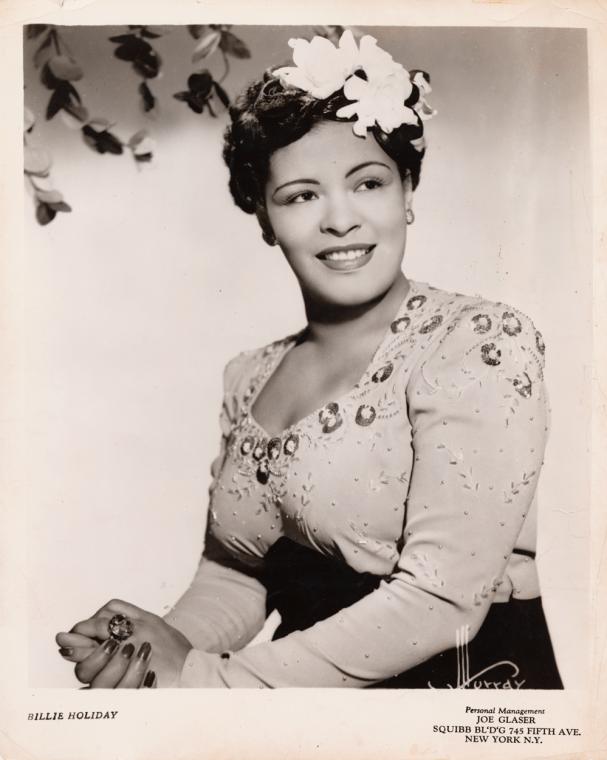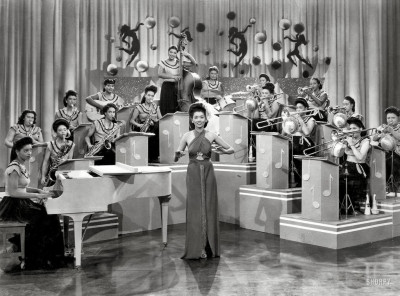The Mitch Thomas Show debuted on August 13, 1955. It was one of the first televised dance shows for black teenagers. During its three-year run, Mitch Thomas brought black rock and roll stars to television, including Little Richard, the Moonglows, Frankie Lymon and the Teenagers, and Ray Charles.

The Mitch Thomas Show was broadcast from a studio atop Suburban Station in Center City. Across town in West Philly, Bandstand, excluded black dancers and audience members:
In a typical dissemination process [read: cultural appropriation], dances seen on Bandstand were often picked up at school dances or local dance hops and brought back to the show where they were presented by mostly white adolescents. In fact, many dances derived from The Mitch Thomas Show, the popular all-black teen show in Philadelphia, from which they were copied by white teens and then seen on Bandstand.
On August 5, 1957, Dick Clark made his debut as host of Bandstand. Clark’s claim that he integrated the show before it left Philadelphia has been debunked
More than fifty years after the show first broadcast, American Bandstand’s representations of youth culture remain closely linked both to the show’s legacy and to larger questions about popular culture, race, segregation, and civil rights. Billboard magazine journalist Fred Bronson, for example, argues that American Bandstand was a “force for social good.” Bronson bases this claim on Dick Clark’s memory that he integrated the show’s studio audience when he became the host in 1957. “I don’t think of myself as a hero or civil rights activist for integrating the show,” Clark contends, “it was simply the right thing to do.”
In the context of local and national mobilization in favor of segregation, underscored by widespread anti-black racism, integrating American Bandstand would have been a bold move and a powerful symbol. Broadcasting daily evidence of Philadelphia’s vibrant interracial teenage culture would have offered viewers images of black and white teens interacting as peers at a time when such images were extremely rare. Clark and American Bandstand, however, did not memory of integration. Rather than being a fully integrated program that welcomed black youth, American Bandstand continued to discriminate against black teens throughout the show’s Philadelphia years.
READ MORE



















